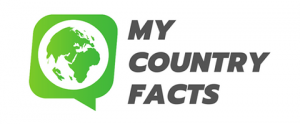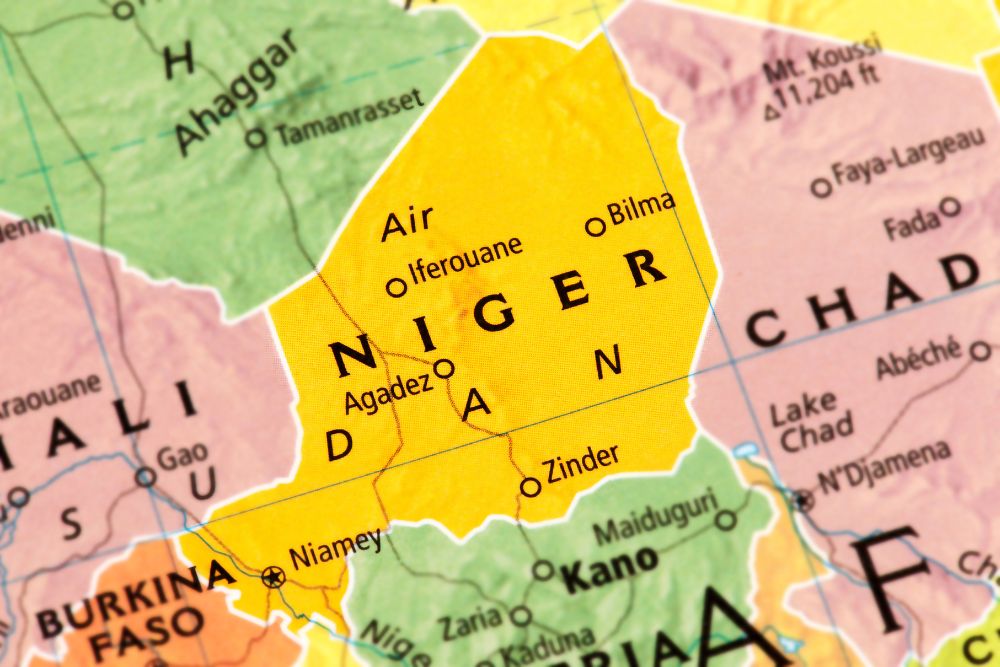How badly would you like to see an African dinosaur or an iconic mud-brick minaret? Or, better still, how badly would you want to see members of the world’s last population of West African giraffes?
To see these and other unique places and phenomena, you’ll have to travel to the amazing Republic of Niger! Here are other interesting facts to learn before you visit the country.
1. Niger Is West Africa’s Second Largest Country
With a land area of about 1,270,000 square kilometers (490,349 square miles), Niger is the second largest landlocked country in West Africa, closely behind Chad, which has a total area of 1,284,000 square kilometers (495,755 square miles).
Niger shares land borders with Burkina Faso, Algeria, Mali, Senegal, Benin, Nigeria, Chad, and Libya.
2. Niamey Is Niger’s Largest City
Niger’s capital city, Niamey, is the country’s largest city at 239.3 square kilometers (92.39 square miles). It has an estimated population of 1,384,000 in 2022.
The other largest cities and towns in Niger include Zinder, Maradi, Tahoua, Agadez, Gaya, and Birnin Konni.
3. The Great Green Wall Of Africa Runs Through Niger
As a country on the border between the Sub-Saharan and the Sahara Desert, Niger forms part of the ambitious Great Green Wall of Africa project set to be the world’s next wonder as the planet’s largest living structure.
The reforestation project fronted in 2007 by the African Union seeks to establish an 8,000-kilometer (4,970-mile) wall of live trees running across the African continent from Senegal in the west to Djibouti in the East.

The project is already transforming lives in Africa. It aims to restore degraded landscapes, reduce carbon footprint, and provide food and job security to millions of Africans along its path.
4. Niger Has One Of The World’s Largest Uranium Reserves
The Republic of Niger has one of the world’s largest developable reserves of uranium. It supplies about 7.5% of the uranium in the world from two major mines.
Niger is the second largest producer of uranium on the African continent at 276,400 recoverable uranium resources after Namibia, the continent’s largest producer of uranium at 448,300 recoverable metric tons of the mineral.
5. Niger Has The World’s Highest Fertility Rate
At 6.91 children per woman in 2021, Niger ranks as the country with the highest fertility rate in the world, ahead of its African counterparts Mali, Somalia, and the Democratic Republic of the Congo.
Niger has held the highest fertility rate rank for several years, earning itself a place in the Guinness Book of World Records.
6. 98% Of Niger’s Population Are Muslims
According to US government estimates, over 98% of the population of Niger is Muslim, with the Sunni being the vast majority. The other sizable Islam populations include the Ahmadiyya and Shiite Muslims.
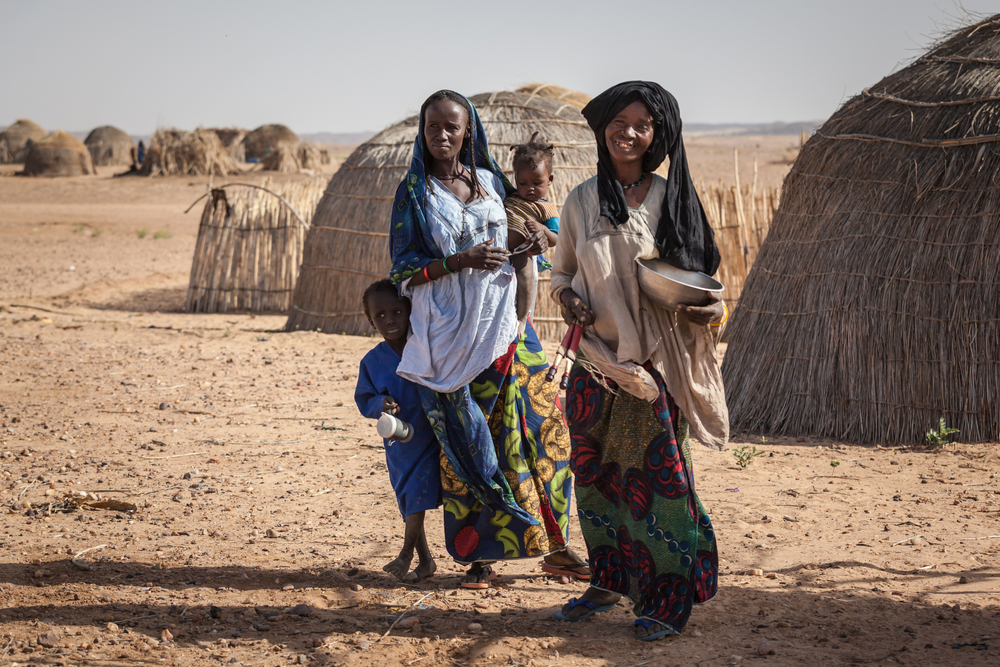
The rest of the population are Shia, Protestants, Roman Catholics, indigenous religion practitioners, and other minor religious and irreligious groups.
7. The World’s Tallest Mud-brick Minaret Is Found In Niger
Did you know that the tallest mud-brick structure in the world is found in Niger? The Agadez Mosque in the historic area of Agadez has the tallest mud-brick minaret in the world, towering 88 feet (27 meters) in the skies.
8. UNESCO Has Inscribed Three Niger World Heritage Sites
The Republic of Niger has three inscribed UNESCO World Heritage Properties:
- The Historic Centre of Agadez (2013 – cultural)
- The Air and Ténéré Natural Reserves (1991 – natural)
- The W-Arly-Pendjari Complex (1996 & 2017 – natural)
9. The Frying Pan Of The World
The Republic of Niger is nicknamed the “Frying Pan of the World” because it is one of the world’s hottest countries. The country is located on the southern edge of the unceasingly hot Sahara Desert, which covers over 80% of the country.
10. Niger Has Africa’s Largest Protected Area
Africa’s largest protected area of 7,736,000 hectares (19,116,072.31 acres) is found in Niger.
Called the Air and Ténéré Natural Reserves, the area is home to a rich biodiversity of volcanic rock masses and a wide variety of species of plants and wild animals.
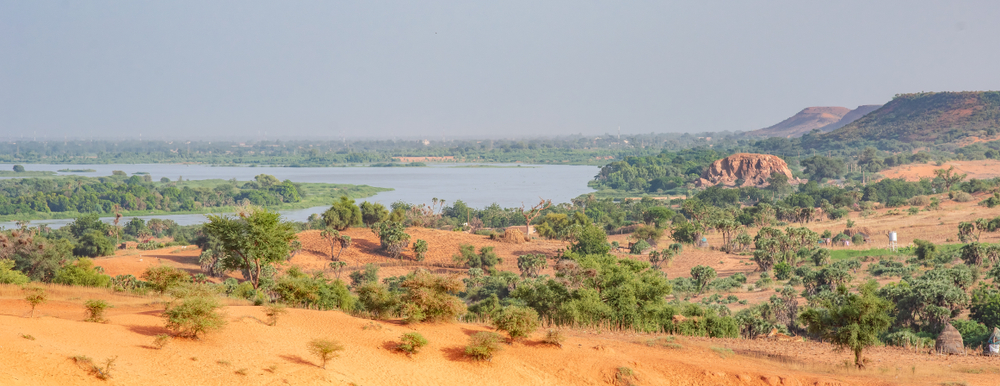
The massive area is home to unique animal species such as cheetahs, foxes, the Addax, the Leptocere gazelle, and the Dorcus gazelle.
11. The Two Official Languages Of The Niger
Being a Francophone country, French is the official language of Niger, alongside English. The country has several recognized national languages, including Hausa, Fulfude, Fulani, Djerma, Manga, Kanuri, Zarma, Tuareg, and Arabic.
The national languages are chosen from the over 200 ethnic groups in the country. The other notable groups and languages are the Zarma-Songhai, Gurma, Dendi, Gube, and Berbers.
12. You Can Meet Niger’s Dinosaur
The remains of a 30-foot herbivorous dinosaur believed to have lived between 115 and 105 million years ago were found in Niger. The dinosaur is named Nigersaurus, after Niger.
13. Niger Shares Africa’s Third-Longest And Largest River
The Niger River, after which the Republic of Niger is named, flows about 2,599 miles (4,184 kilometers) from the highlands of Guinea to the Atlantic Ocean at the Gulf of Guinea. It is the third longest river in Africa after River Nile and the Congo River.
Niger shares the river with nine other African countries, including Nigeria, Mali, Chad, Guinea, Cameroon, Benin, Cote D’Ivoire, Burkina Faso, and Algeria.
The Niger Delta and its mangrove forests in Nigeria are some of the most spectacular aspects of the Niger River, the principal river water system in western Africa.
14. The Last West African Giraffes Live In Niger
The only remaining population of the West African giraffes lives exclusively in Niger, about 60 kilometers (37 miles) to the southeast of Niamey.
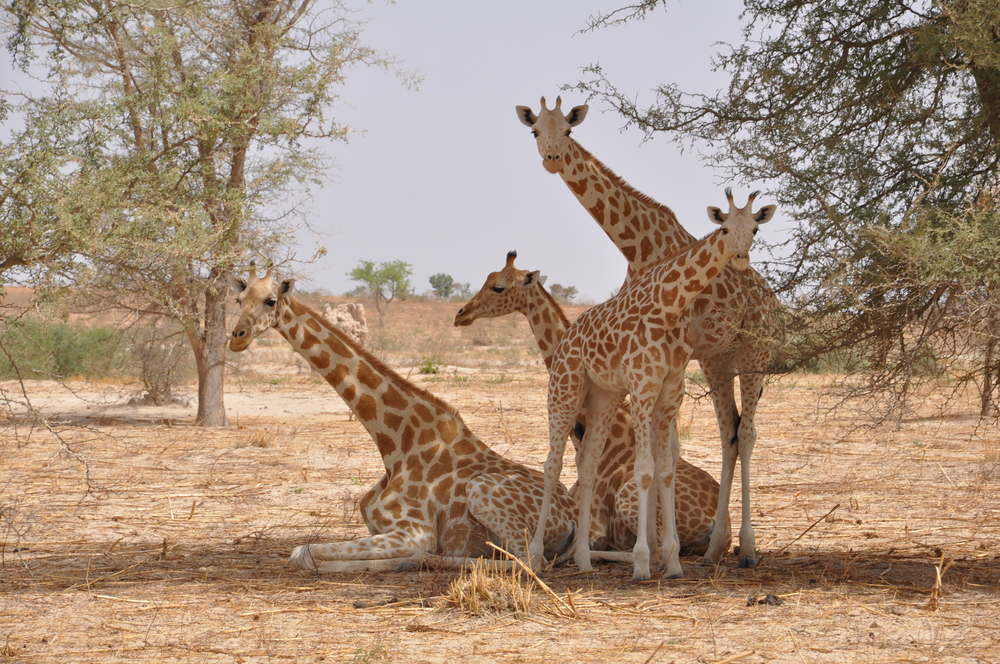
The giraffes live in the Giraffe Zone, an isolated location that is part of the transition area of the W National Park Biosphere Reserve that includes the Fakara Plateau, the Dallol Bosso, and Kouré.
15. Livestock Is A Major Export
Despite being one of the ten countries in the Sahel region that lack enough water, Niger is an excellent livestock farming country.
Livestock is one of Niger’s top exports besides gold, uranium ore, thorium ore, beans, refined petroleum, and onions.
The country also grows food crops such as sorghum, rice, cowpeas, cassava, sugarcane, and millet. Some of these are exported to boost the nation’s agricultural economy.
16. Niger Shares The CFA Franc With Other West African Nations
The West African CFA Franc is shared by eight nations in West Africa and is printed in France, where most Francophone-Africa countries print their currency.
The currency is used by Niger, Benin, Guinea-Bissau, Burkina Faso, Mali, Ivory Coast, and Senegal. These eight countries are members of the West African Economic and Monetary Union (WAEMU).
The purpose of the WAEMU may be complicated, but the integration means one thing: it’s easy traveling in the region since you don’t have to keep changing currencies between countries!
